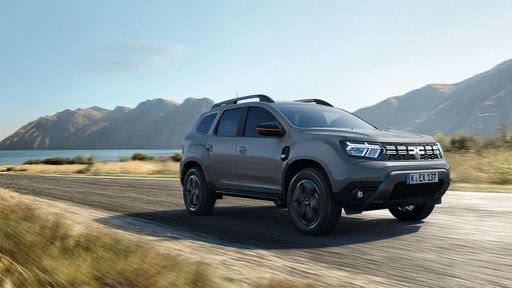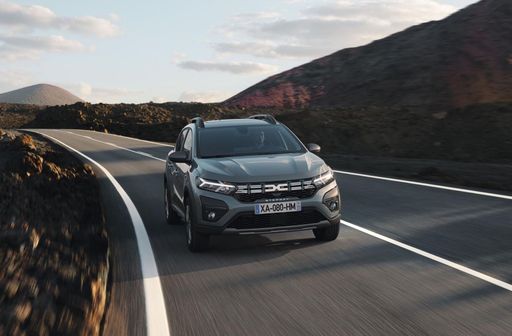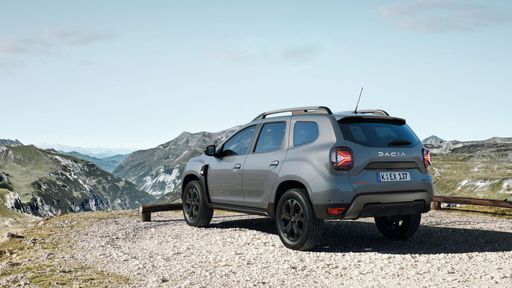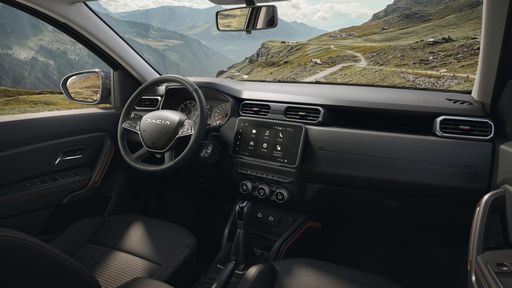Technical Specifications
When it comes to technical metrics, both the Citroen C5 Aircross and the Dacia Duster present robust offerings, catering to a variety of needs and preferences.
Powertrains and Performance
The Citroen C5 Aircross offers a wider range of powertrains, including Diesel, Petrol MHEV, and Plug-in Hybrid options, with power outputs ranging from 131 HP to an impressive 224 HP. Its acceleration from 0 to 100 km/h is notably swift, with the hybrid variant clocking in at just 8.9 seconds. The Dacia Duster, on the other hand, offers a choice of Petrol MHEV, LPG, and Full Hybrid engines, with outputs varied between 91 HP and 140 HP, and acceleration times peaking at 9.9 seconds.
Transmission and Drivetrain
Both vehicles feature front-wheel drive configurations, but the Dacia Duster offers additional all-wheel-drive options for those needing more capability on challenging terrains. The Citroen C5 Aircross employs an automatic transmission setup, while the Dacia Duster provides a blend of manual and automated manual options.
Fuel Efficiency and Emissions
In terms of fuel economy, the C5 Aircross excels, particularly with its Plug-in Hybrid variant boasting a combined consumption of just 1.4 L per 100 km. The Duster, while less efficient, holds its own with competitive figures, especially its full hybrid variant at 5.0 L/100 km. CO2 emissions are also worth noting, with the C5 Aircross exhibiting impressive figures of just 32 g/km for its hybrid model, compared to the Duster’s range of 114 to 147 g/km.








